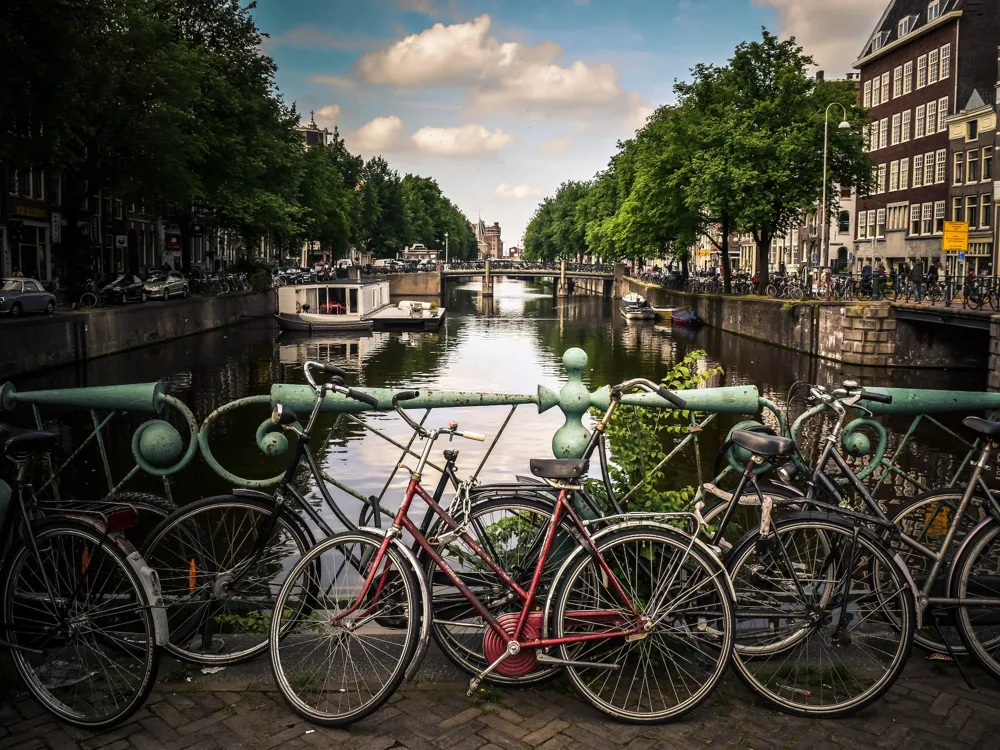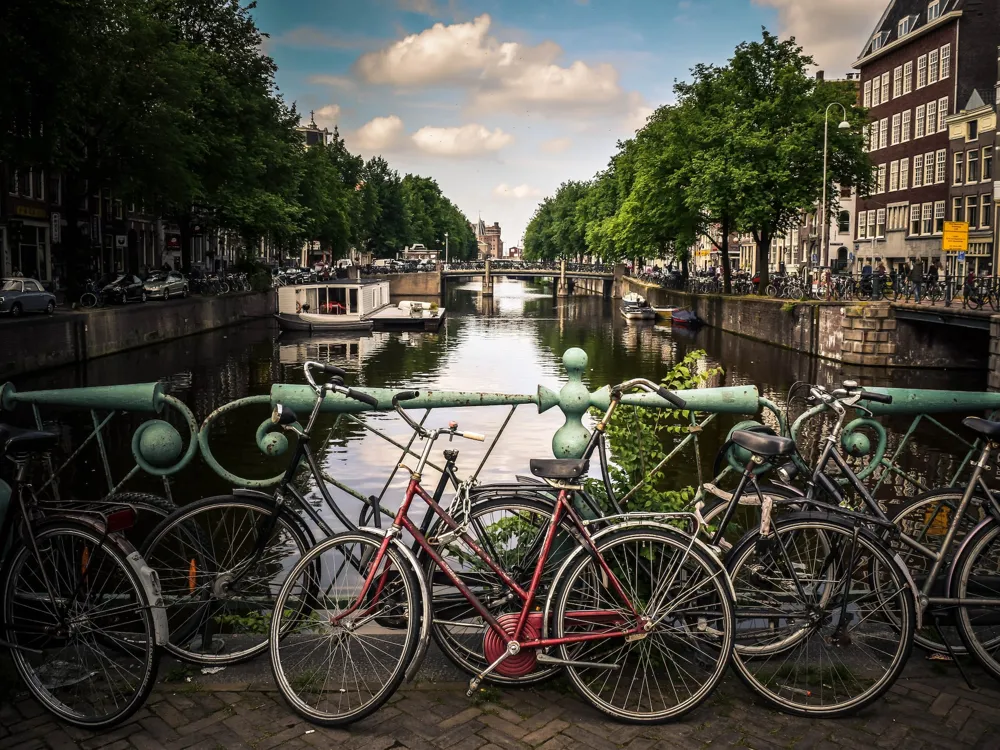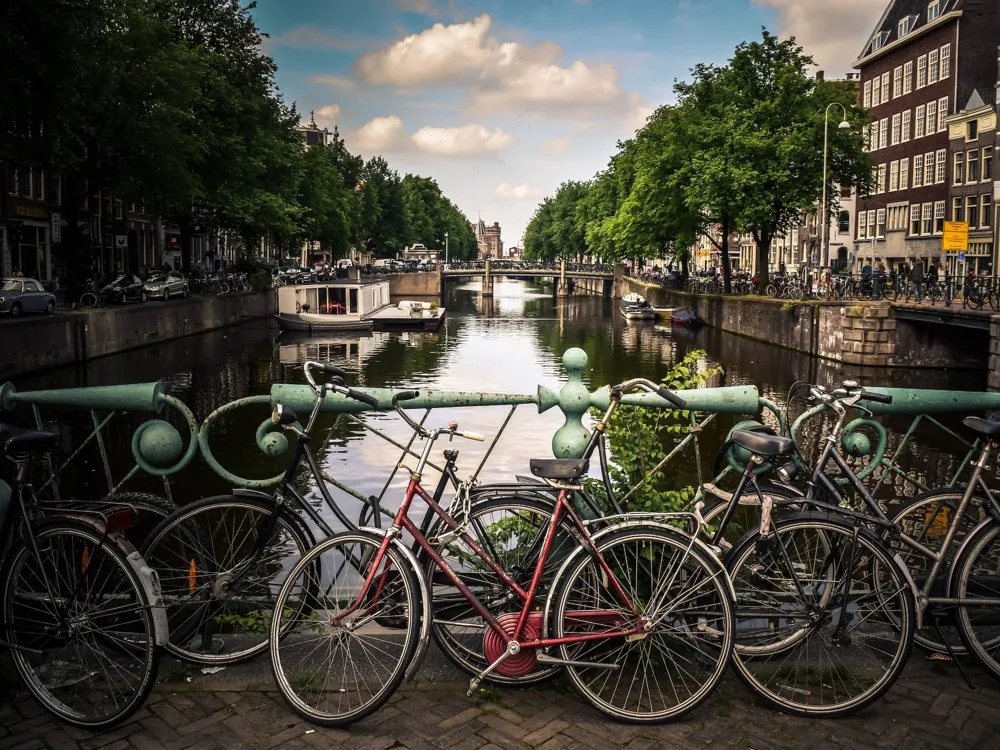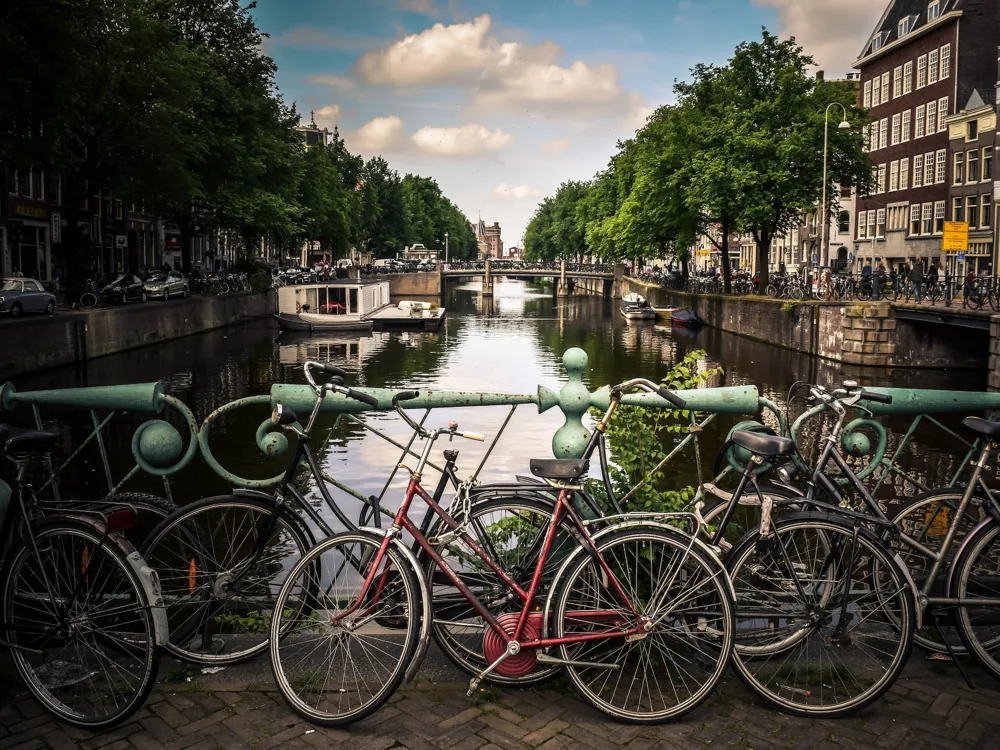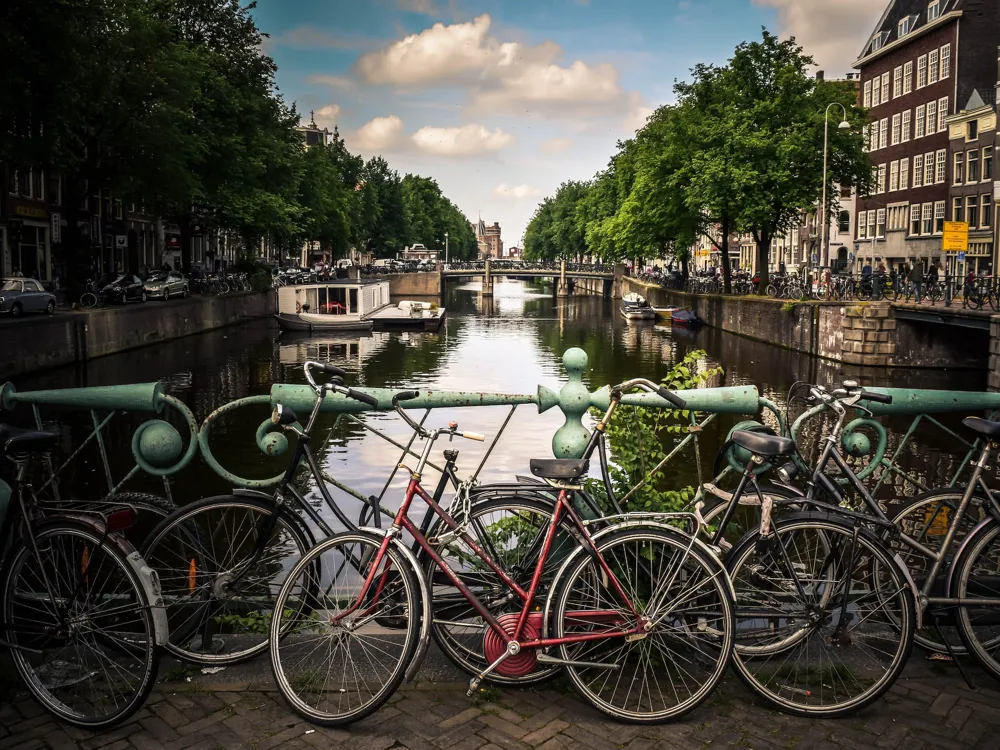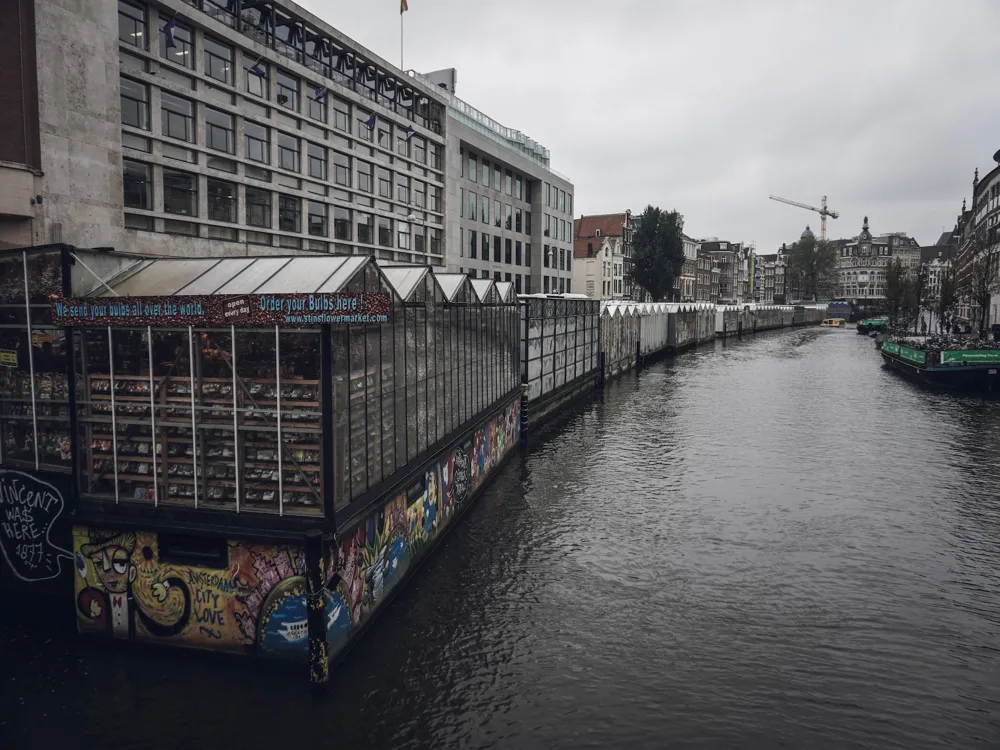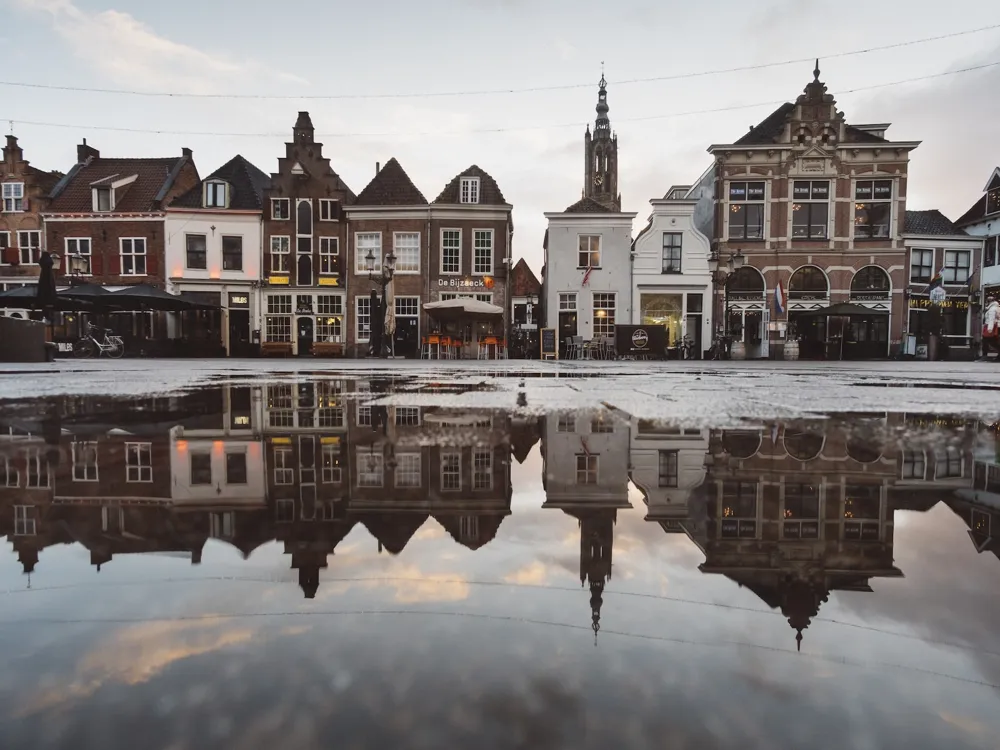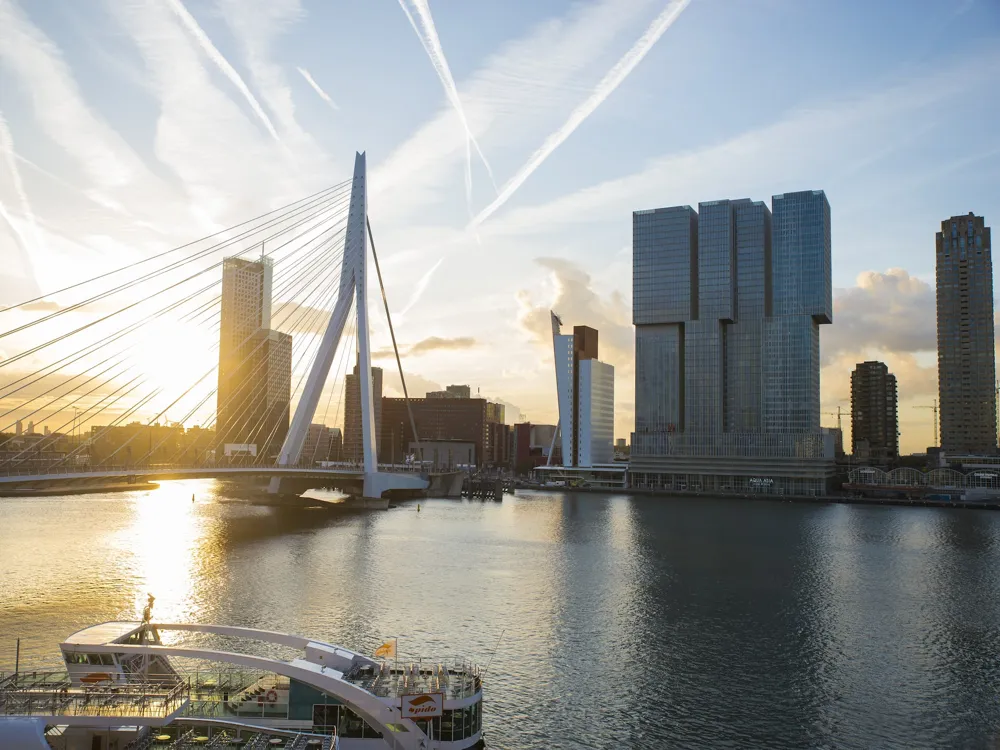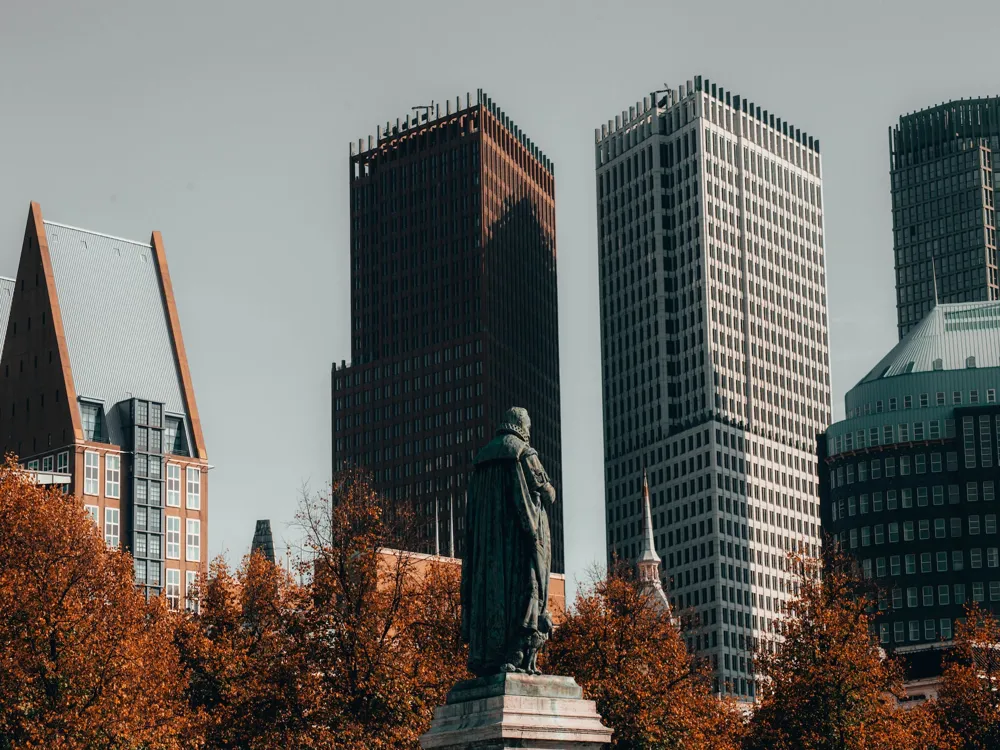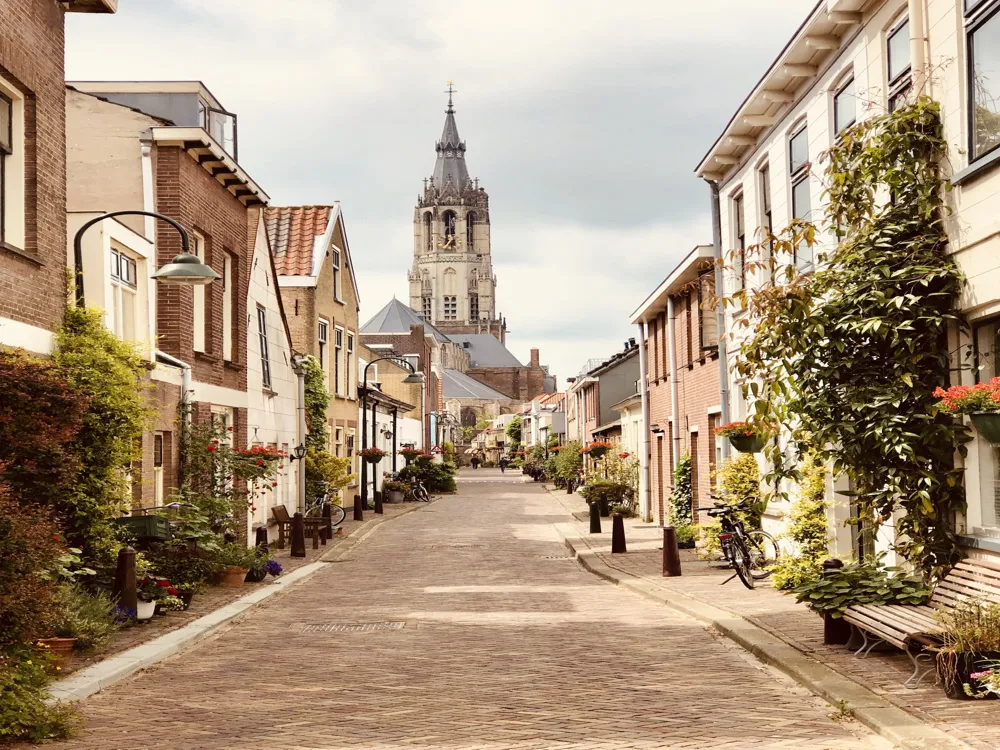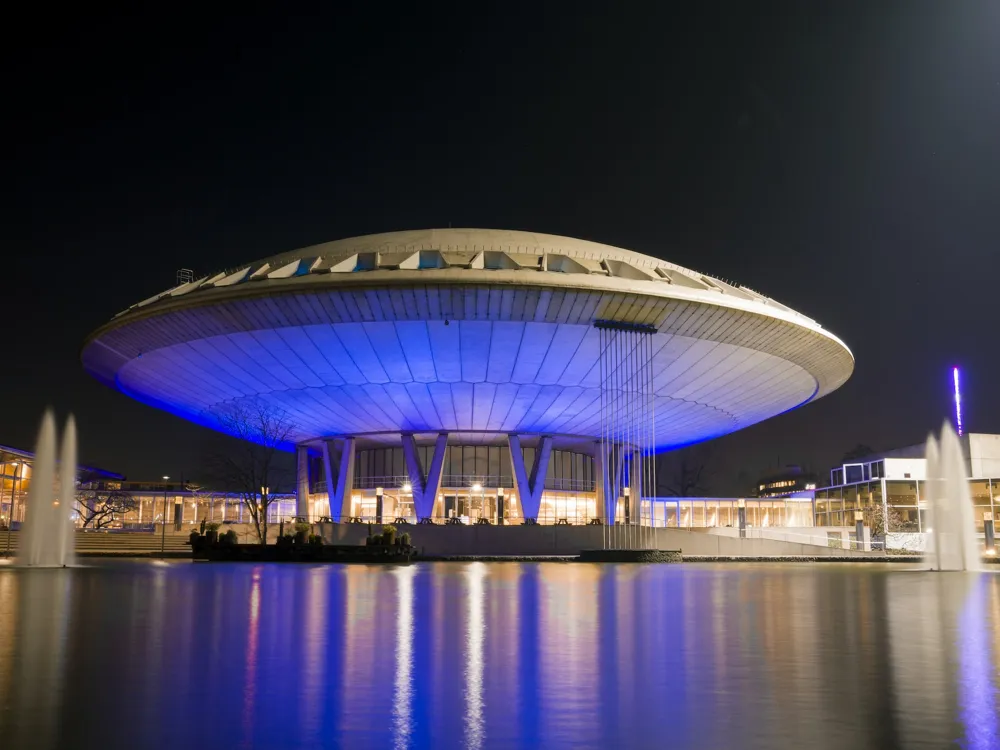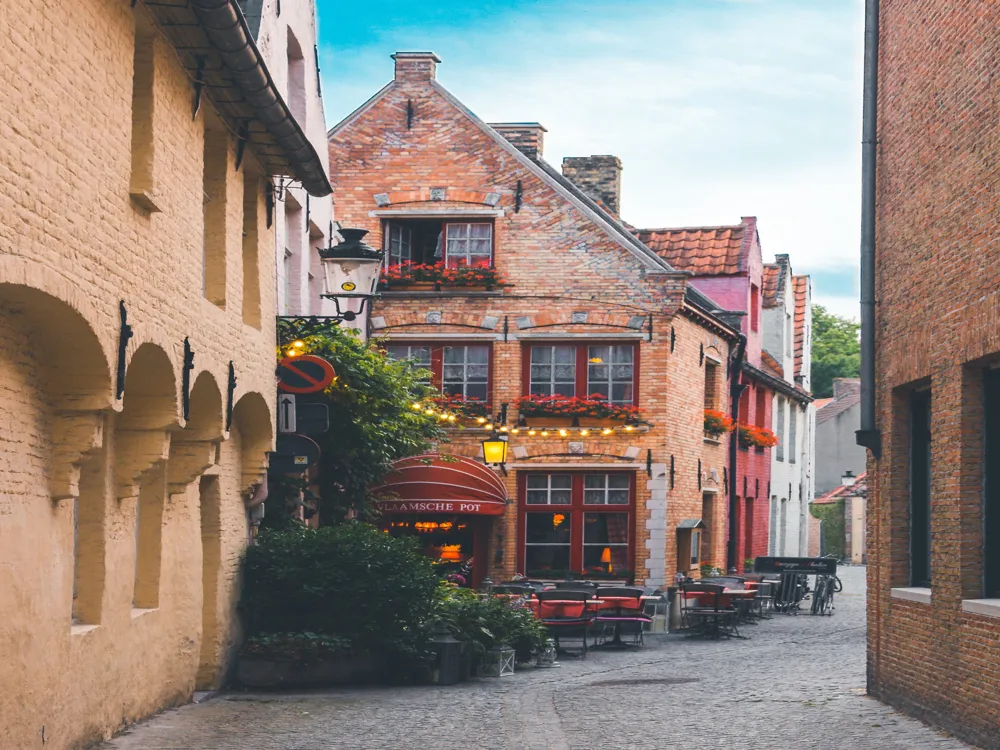The Van Gogh Museum in Amsterdam stands as a beacon of art and culture, dedicated to the life and works of Vincent van Gogh, one of history's most celebrated artists. This museum, nestled in the heart of Amsterdam, offers a deep dive into Van Gogh's artistic journey, showcasing the largest collection of his paintings, drawings, and letters in the world. The museum not only exhibits Van Gogh's works but also presents pieces by his contemporaries, providing a comprehensive perspective on the Post-Impressionist era. Visitors are taken on an evocative journey through Van Gogh's life, witnessing his evolution as an artist and his struggles with mental illness. The collection spans his early works, characterized by dark, somber tones, to his later pieces, where vibrant colors and dynamic brushstrokes became his signature. Key highlights include masterpieces such as 'The Potato Eaters,' 'Sunflowers,' and 'The Bedroom,' each telling a unique story about the artist's life and mindset. Beyond the artwork, the museum itself is an architectural marvel. It comprises two buildings: the Rietveld building, designed by Gerrit Rietveld, and the Kurokawa wing, designed by Kisho Kurokawa. These structures blend modern and contemporary design, offering a visually stunning backdrop to Van Gogh's artworks. The Van Gogh Museum is not just a destination for art enthusiasts but a pilgrimage site for those who wish to understand the human experience through the lens of one of the most influential artists in history. The architecture of the Van Gogh Museum is a remarkable fusion of modernity and functionality, contributing significantly to Amsterdam's architectural landscape. The museum consists of two primary buildings: the Rietveld building and the Kurokawa wing. The Rietveld building, designed by Dutch architect Gerrit Rietveld, was completed in 1973. It is known for its minimalist design, with large, open-plan galleries allowing natural light to illuminate the artworks. Its use of white walls and grey floors creates a neutral backdrop, ensuring that the focus remains on the art. In contrast, the Kurokawa wing, added in 1999 and designed by Japanese architect Kisho Kurokawa, embraces a more contemporary approach. It features a rounded façade, a striking contrast to the angular lines of the Rietveld building. This addition was envisioned as a space for temporary exhibitions and large-scale installations. The fusion of these two distinct architectural styles embodies the museum's ethos of blending tradition with innovation, mirroring the essence of Van Gogh's own artistic evolution. The museum's layout is thoughtfully designed to guide visitors through Van Gogh's life and works chronologically. The Rietveld building houses the permanent collection, while the Kurokawa wing hosts temporary exhibits, offering a dynamic and ever-changing experience. The interplay between the buildings’ architectural elements and the art they house creates a unique and immersive experience that honors Van Gogh's legacy and his impact on the art world. It's recommended to purchase tickets online in advance to avoid long queues. The museum offers time-slotted entries, ensuring a smooth and less crowded experience. Visiting early in the morning or later in the afternoon can help avoid peak crowds. Allocate at least 2-3 hours for your visit to fully appreciate the museum's extensive collection. Audio guides are available and offer insightful commentary on Van Gogh's works and life. Photography is allowed in most parts of the museum, but flash and tripods are prohibited. Be respectful of other visitors when taking photos. The museum is fully accessible to wheelchair users and offers free wheelchair rentals. There are also facilities for visitors with visual and hearing impairments. The Van Gogh Museum is located in Amsterdam's Museumplein (Museum Square), easily accessible by public transport. Trams 2, 5, and 12 stop at the 'Van Baerlestraat' stop, which is a short walk from the museum. For those coming by car, there are several parking options available in the vicinity, including the Q-Park Museumplein. Biking is another popular option in Amsterdam, and bike parking is available near the museum. Read More:Overview of the Van Gogh Museum in Amsterdam
Architecture of the Van Gogh Museum
Tips When Visiting the Van Gogh Museum
Planning Your Visit
Exploring the Museum
Photography Policies
Accessibility
How To Reach the Van Gogh Museum
Van Gogh Museum
Amsterdam
₹ 37,193 onwards
View amsterdam Packages
Weather :
Label : Must Visit
Tags : Museum
Timings : 10 January - 5 February 2023: Monday - Friday: 9:00 AM - 5:00 PM
Saturday & Sunday: 10:00 AM - 6:00 PM
7 - 24 February 2023: Monday - Friday: 9:00 AM - 5:00 PM
Saturday & Sunday: 10:00 AM - 6:00 PM
25 February - 5 November 2023: Monday - Sunday: 9:00 AM - 6:00 PM
6 November - 15 December 2023: Monday - Friday: 9:00 AM - 5:00 PM
Saturday & Sunday: 10:00 AM - 6:00 PM
16 - 31 December 2023: Monday - Sunday: 9:00 AM - 6:00 PM, except:
24 to 26 December: 9:00 AM - 5:00 PM
31 December: 9:00 AM - 5:00 PM
Entry Fee : Adult: EUR 20
Student: EUR 10
Child: Free,
Audio guide: EUR 5
Planning a Trip? Ask Your Question
Amsterdam Travel Packages
View All Packages For Amsterdam
Top Hotel Collections for Amsterdam

Private Pool

Luxury Hotels

5-Star Hotels

Pet Friendly
Top Hotels Near Amsterdam
Other Top Ranking Places In Amsterdam
View All Places To Visit In amsterdam
Faq on Amsterdam
What is the Van Gogh Museum?
The Van Gogh Museum is an art museum located in Amsterdam, Netherlands, dedicated to the works of the Dutch painter Vincent van Gogh and his contemporaries.
What can I see at the Van Gogh Museum?
At the Van Gogh Museum, you can see a vast collection of Vincent van Gogh's paintings, drawings, and letters, as well as works by his contemporaries and other artists who were influenced by him.
How many Van Gogh paintings are in the museum?
The museum houses the largest collection of Van Gogh's paintings in the world, with over 200 paintings, including famous works such as "Sunflowers," "The Bedroom," and "The Potato Eaters."
How long does it take to visit the Van Gogh Museum?
The amount of time it takes to visit the museum can vary depending on individual interests, but most visitors spend around 2 to 3 hours exploring the exhibits.
Are there guided tours available at the Van Gogh Museum?
Yes, the museum offers guided tours led by knowledgeable guides who provide insights into Van Gogh's life and work. Audio guides are also available in multiple languages for self-guided tours.
View amsterdam Packages
Weather :
Label : Must Visit
Tags : Museum
Timings : 10 January - 5 February 2023: Monday - Friday: 9:00 AM - 5:00 PM
Saturday & Sunday: 10:00 AM - 6:00 PM
7 - 24 February 2023: Monday - Friday: 9:00 AM - 5:00 PM
Saturday & Sunday: 10:00 AM - 6:00 PM
25 February - 5 November 2023: Monday - Sunday: 9:00 AM - 6:00 PM
6 November - 15 December 2023: Monday - Friday: 9:00 AM - 5:00 PM
Saturday & Sunday: 10:00 AM - 6:00 PM
16 - 31 December 2023: Monday - Sunday: 9:00 AM - 6:00 PM, except:
24 to 26 December: 9:00 AM - 5:00 PM
31 December: 9:00 AM - 5:00 PM
Entry Fee : Adult: EUR 20
Student: EUR 10
Child: Free,
Audio guide: EUR 5
Planning a Trip? Ask Your Question
Amsterdam Travel Packages
View All Packages For Amsterdam
Top Hotel Collections for Amsterdam

Private Pool

Luxury Hotels

5-Star Hotels

Pet Friendly
Top Hotels Near Amsterdam
Other Top Ranking Places In Amsterdam
Faq on Amsterdam
What is the Van Gogh Museum?
The Van Gogh Museum is an art museum located in Amsterdam, Netherlands, dedicated to the works of the Dutch painter Vincent van Gogh and his contemporaries.
What can I see at the Van Gogh Museum?
At the Van Gogh Museum, you can see a vast collection of Vincent van Gogh's paintings, drawings, and letters, as well as works by his contemporaries and other artists who were influenced by him.
How many Van Gogh paintings are in the museum?
The museum houses the largest collection of Van Gogh's paintings in the world, with over 200 paintings, including famous works such as "Sunflowers," "The Bedroom," and "The Potato Eaters."
How long does it take to visit the Van Gogh Museum?
The amount of time it takes to visit the museum can vary depending on individual interests, but most visitors spend around 2 to 3 hours exploring the exhibits.
Are there guided tours available at the Van Gogh Museum?
Yes, the museum offers guided tours led by knowledgeable guides who provide insights into Van Gogh's life and work. Audio guides are also available in multiple languages for self-guided tours.







